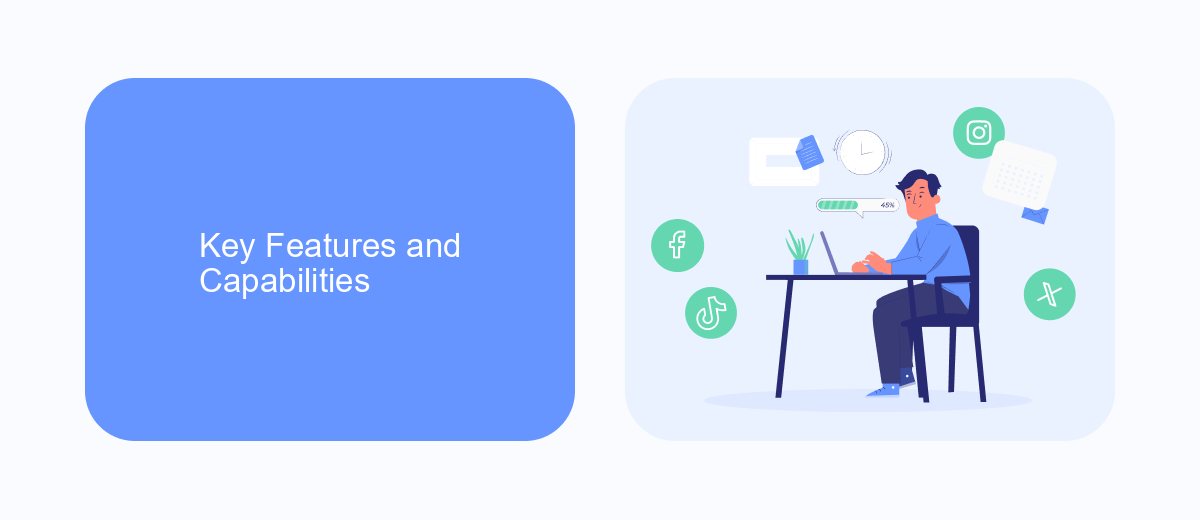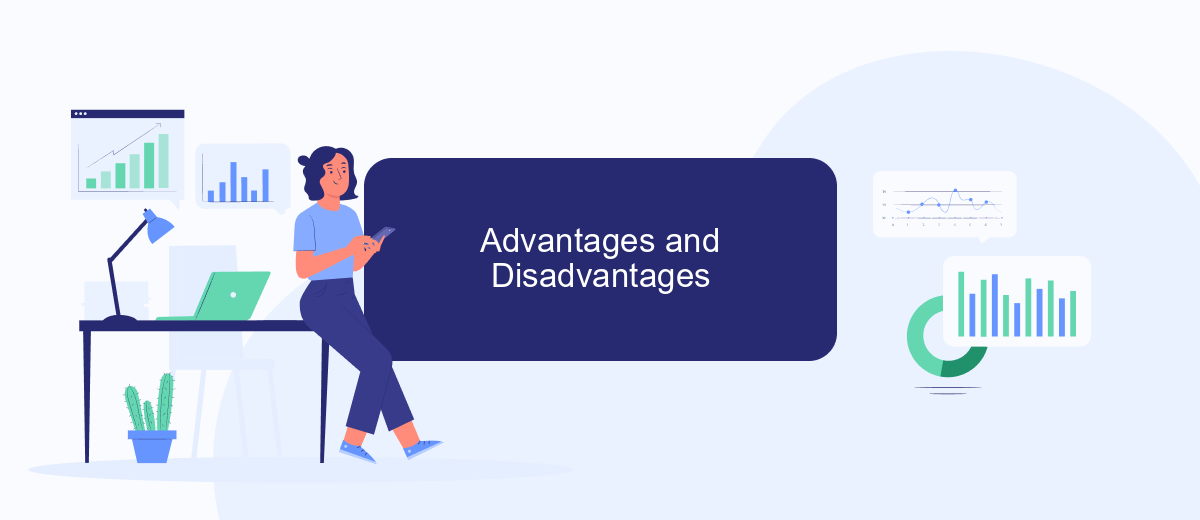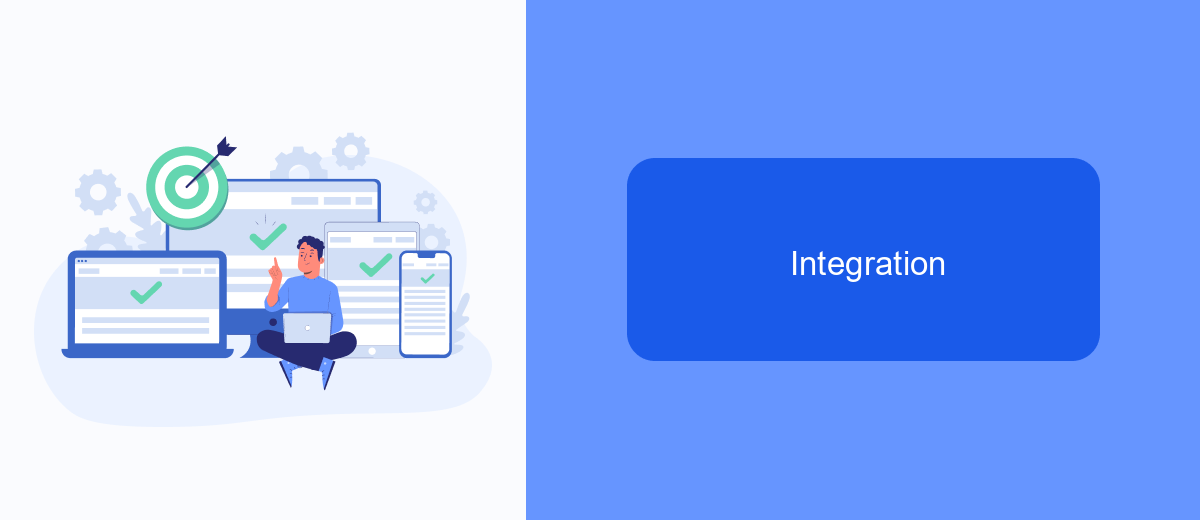In the rapidly evolving landscape of automation, UiPath and Ansible have emerged as leading tools, each with unique strengths and applications. UiPath excels in robotic process automation (RPA), streamlining repetitive tasks with ease, while Ansible shines in IT automation, simplifying complex configurations and deployments. This article delves into a comparative analysis of UiPath and Ansible, highlighting their features, use cases, and benefits.
Introduction
In the rapidly evolving landscape of automation, businesses are increasingly turning to advanced tools to streamline their processes. Two prominent names that often come up in discussions are UiPath and Ansible. While both aim to enhance efficiency, they cater to different needs and environments.
- UiPath: Primarily focused on robotic process automation (RPA), UiPath excels in automating repetitive tasks across various applications.
- Ansible: Known for its configuration management and orchestration capabilities, Ansible is a go-to for IT automation and managing complex deployments.
Both tools offer unique advantages, making them suitable for different scenarios. For instance, integrating these tools with services like SaveMyLeads can further enhance their capabilities by automating the data flow between various platforms, ensuring a seamless and efficient operation. Understanding the strengths and use cases of UiPath and Ansible can help organizations make an informed decision on which tool best suits their automation needs.
Key Features and Capabilities

UiPath is a leading robotic process automation (RPA) tool known for its user-friendly interface and powerful automation capabilities. It offers a wide range of features including drag-and-drop workflow design, AI integration, and extensive library of pre-built automation templates. UiPath is particularly strong in its ability to automate repetitive tasks across various applications, making it a versatile tool for businesses of all sizes. Additionally, UiPath supports integration with numerous third-party services, including SaveMyLeads, which simplifies the process of connecting various marketing and CRM platforms.
Ansible, on the other hand, is a powerful IT automation tool that excels in configuration management, application deployment, and task automation. It uses a simple, human-readable YAML syntax, making it accessible for both developers and system administrators. Ansible's agentless architecture eliminates the need for additional software on target machines, ensuring a lightweight and efficient operation. Moreover, Ansible's extensive module library allows for seamless integration with various cloud services, networks, and applications, making it a robust choice for managing complex IT environments.
Advantages and Disadvantages

When comparing UiPath and Ansible, it is essential to evaluate their advantages and disadvantages to determine which tool best suits your needs.
- UiPath Advantages:
- User-friendly interface
- Strong community support
- Advanced automation capabilities
- UiPath Disadvantages:
- Higher cost for enterprise versions
- Steeper learning curve for complex tasks
- Ansible Advantages:
- Agentless architecture
- Easy to learn and use
- Extensive integration capabilities
- Ansible Disadvantages:
- Limited GUI options
- Less suited for complex workflows
Both UiPath and Ansible offer unique benefits depending on your specific requirements. For businesses focusing on seamless integration and automation, tools like SaveMyLeads can complement these platforms by simplifying the process of connecting various applications and services.
Integration

When it comes to integrating UiPath and Ansible into your IT ecosystem, both platforms offer robust capabilities to streamline and automate processes. UiPath, primarily known for its robotic process automation (RPA) capabilities, allows for seamless integration with various applications and systems through its extensive library of connectors and APIs. This makes it easier to automate repetitive tasks and improve operational efficiency.
Ansible, on the other hand, excels in IT automation, configuration management, and orchestration. Its agentless architecture and simple YAML syntax make it an attractive choice for managing complex IT environments. Integrating Ansible with other tools and services can further enhance its capabilities, allowing for more comprehensive automation solutions.
- UiPath offers native integrations with popular applications like SAP, Salesforce, and Microsoft Office.
- Ansible supports integrations with cloud platforms such as AWS, Azure, and Google Cloud.
- Both platforms can be integrated using middleware solutions like SaveMyLeads for streamlined data flow.
In conclusion, whether you choose UiPath or Ansible, both platforms provide powerful integration capabilities that can significantly enhance your automation efforts. By leveraging tools like SaveMyLeads, you can further simplify the integration process, ensuring seamless data flow and improved operational efficiency.
Use Cases
UiPath is predominantly used for automating repetitive tasks within business processes. It excels in scenarios requiring complex workflows, such as data extraction, invoice processing, and customer service automation. Organizations leverage UiPath to streamline operations, reduce human error, and free up employee time for more strategic activities. For instance, in the finance sector, UiPath can automate the reconciliation of accounts, while in healthcare, it can handle patient data management and appointment scheduling.
On the other hand, Ansible is primarily utilized for IT automation, configuration management, and application deployment. It's particularly effective in managing large-scale IT infrastructures and ensuring consistency across various environments. DevOps teams often use Ansible to automate server provisioning, software updates, and network configurations. Additionally, services like SaveMyLeads can be integrated with Ansible to automate lead data processing and synchronization across different platforms, enhancing overall workflow efficiency and reducing manual data entry tasks.
- Automate the work with leads from the Facebook advertising account
- Empower with integrations and instant transfer of leads
- Don't spend money on developers or integrators
- Save time by automating routine tasks
FAQ
What are the primary differences between UiPath and Ansible?
Can UiPath and Ansible be used together?
Which tool is better for automating repetitive manual tasks?
How do these tools handle integrations with other systems?
Are there any services to help implement these automation tools?
If you use Facebook Lead Ads, then you should know what it means to regularly download CSV files and transfer data to various support services. How many times a day do you check for new leads in your ad account? How often do you transfer data to a CRM system, task manager, email service or Google Sheets? Try using the SaveMyLeads online connector. This is a no-code tool with which anyone can set up integrations for Facebook. Spend just a few minutes and you will receive real-time notifications in the messenger about new leads. Another 5-10 minutes of work in SML, and the data from the FB advertising account will be automatically transferred to the CRM system or Email service. The SaveMyLeads system will do the routine work for you, and you will surely like it.

